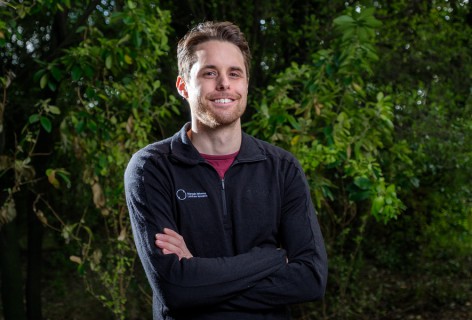The ngāhere covers over 11,000 hectares between the Bay of Islands and Whangārei, and comprises mostly forest and small areas of shrubland and mangroves with highly dissected topography and steep valley slopes.
Māori have been working on a kaitiakitanga plan for safeguarding and restoring this ngāhere after years of disturbance from logging, fire, and invasive pests following European colonisation.
Manaaki Whenua researchers including Dr James McCarthy and Dr Peter Bellingham, partnered with a group, ‘Te Roopu for Russell State Forest,’ made up of nine hapū and marae surrounding Russell Forest to map the vegetation and bird life for a better understanding of where to focus their key kaitiakitanga efforts.
In the project, funded by MBIE Vision Mātauranga and SSIF, researchers mapped over 5,000 hectares of the ngāhere.
To do this, teams including Te Roopu kaimahi conducted field surveys of vegetation and birds in key areas surveying 106 plots. At each plot, the vegetation was measured by determining the canopy cover of all plant species present in fixed-height tiers. Birds were tallied in two 5-minute bird counts per plot (to allow comparison with earlier surveys of the ngāhere from 1979 and 1993). Birds were also measured using acoustic recorders and camera traps at 11 locations along with detecting pest mammals.
These data were then modelled across the area to create a baseline map of vegetation and biodiversity within the ngāhere. The results and maps were shared with Te Roopu at a recent wānanga alongside a report to contribute to the 20-year Russell Forest Health Plan for long-term kaitiakitanga to maintain and enhance the ngāhere.
The project was supported by Northland Regional Council, Massey University and DOC.
